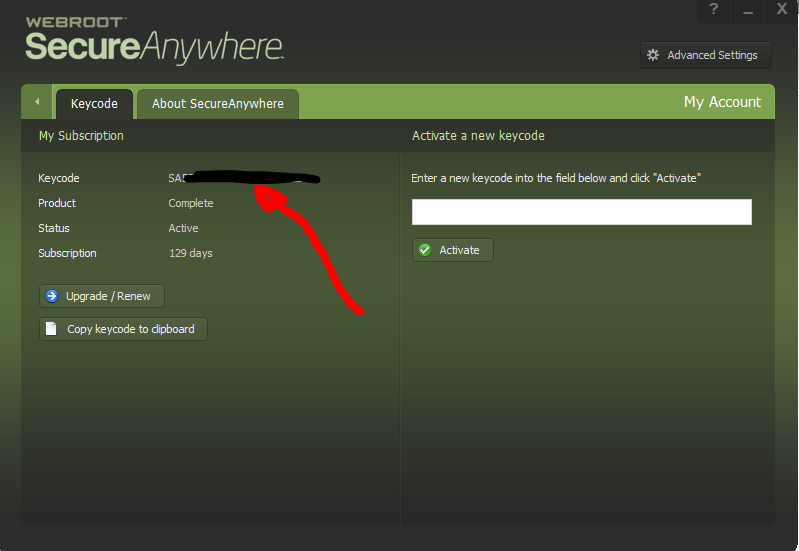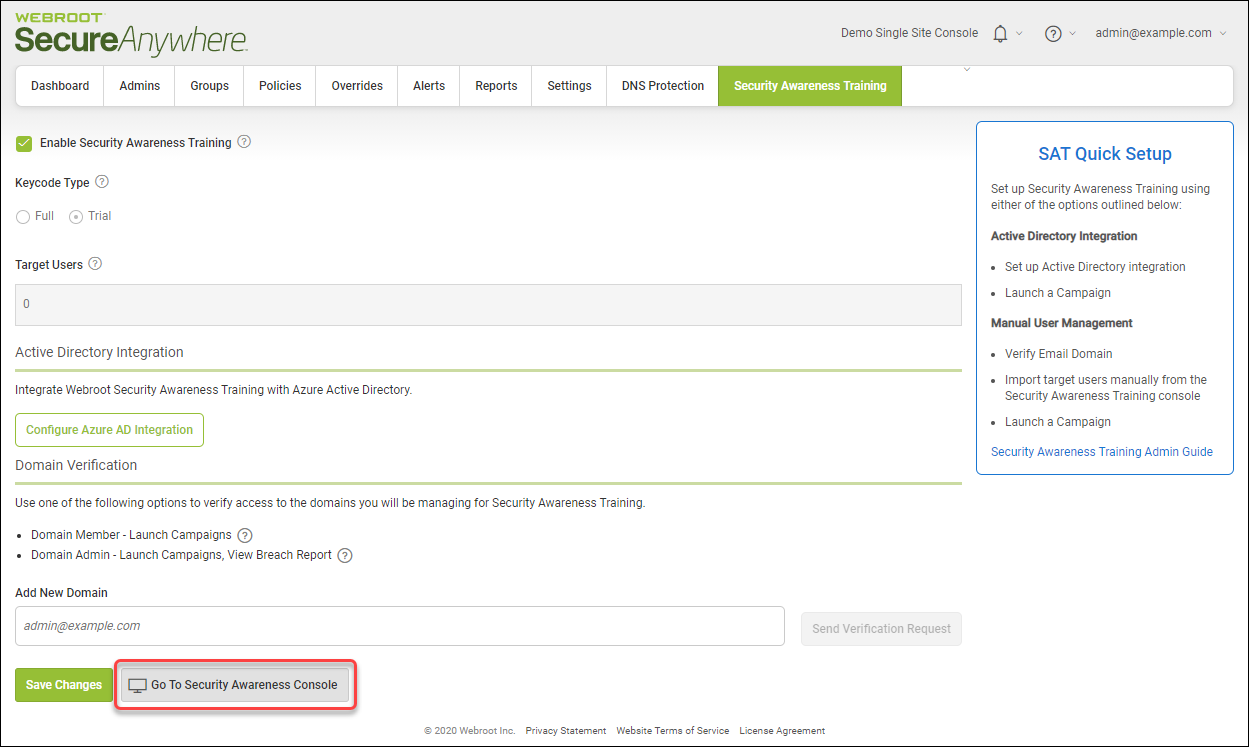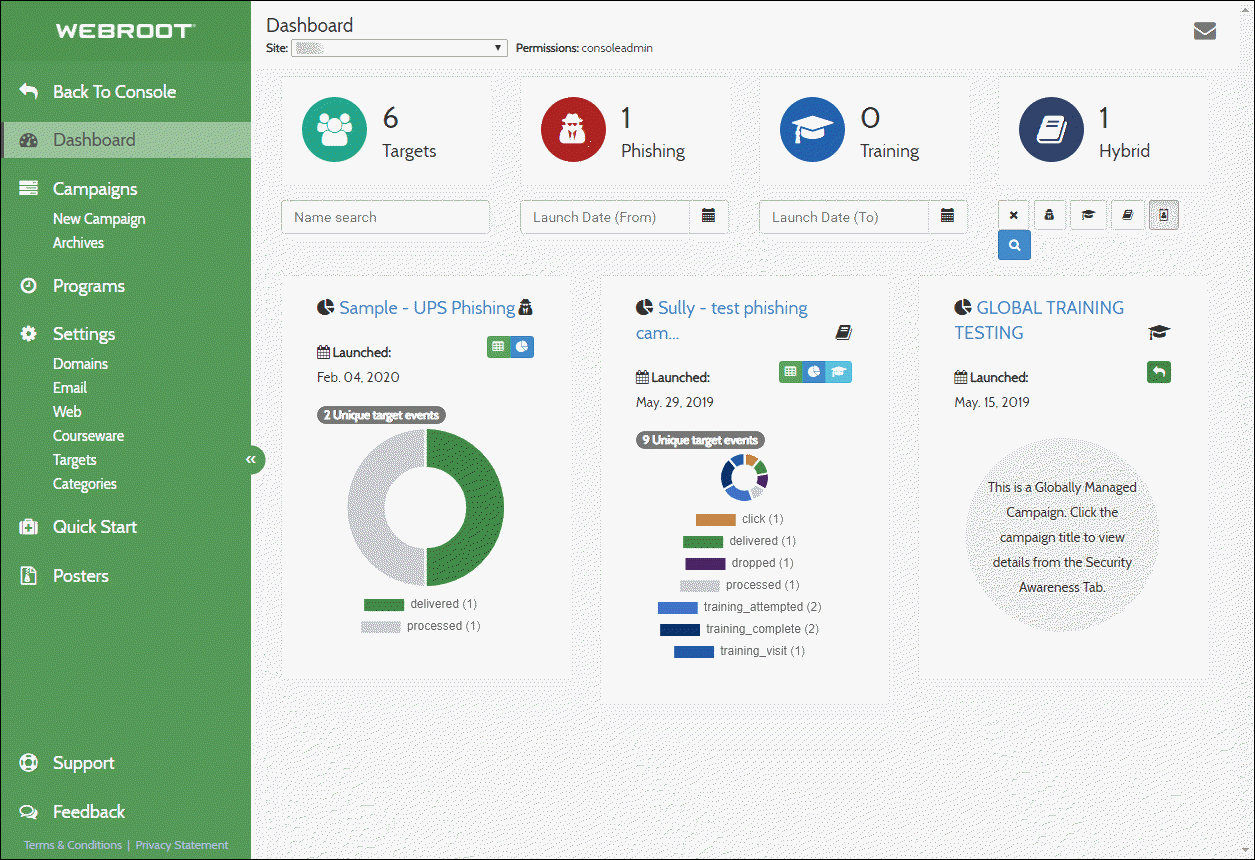

- #WEBROOT CONSOLE HOW TO#
- #WEBROOT CONSOLE FULL#
- #WEBROOT CONSOLE PC#
- #WEBROOT CONSOLE PLUS#
- #WEBROOT CONSOLE FREE#
#WEBROOT CONSOLE PLUS#
With just one result, Webroot doesn’t have an aggregate score.Īs ever, Bitdefender Antivirus Plus and Kaspersky take perfect or near-perfect scores from the labs. I use an algorithm to derive an aggregate lab score for products tested by at least two labs. Like Webroot, Malwarebytes doesn’t always align well with standard testing methods. The odd man out was Malwarebytes Premium, which earned a B. To be fair, all but one of the tested products came in at either the AAA or AA level. This lab certifies antivirus products at five levels, AAA, AA, A, B, and C Webroot earned a respectable AA certification. Researchers at SE Labs (Opens in a new window) use a capture and replay system to package up real-world malware attacks and unleash them on multiple antivirus products simultaneously. Alas, it’s been some years since Webroot participated in this test. That sort of test aligns well with Webroot’s journal-and-rollback system. Webroot used to do particularly well in the all-types test, which offers certification to products that remediate all malware attacks within 24 hours. Security programs that don't earn near-perfect scores simply fail these are tough tests.
#WEBROOT CONSOLE FULL#
Researchers at MRG-Effitas report on two main tests, one specific to banking Trojans and one aiming to cover the full range of malware types. Just one of the four that I follow has recently included Webroot in testing. Webroot's relationship with the labs has been rocky. Labs like AV-Test Institute (Opens in a new window) and AV-Comparatives expect antivirus programs to act right away on malware they recognize, whether detection occurs using signatures, heuristics, or behavioral analysis. This system just isn't compatible with many independent lab tests. If the program under judgment proves to be nasty, Webroot wipes it out and reverses all its journaled changes. It prohibits irreversible actions like sending personal data to the internet, and keeps a journal of reversible actions, all while awaiting a verdict from Webroot's cloud analysis system. Lab Test DifficultiesĪs noted, Webroot handles new, unknown programs by letting them run under strict monitoring.
#WEBROOT CONSOLE PC#
And if you’ve removed Webroot from an old computer, you can use the command system to deactivate it, freeing up that license for use on another PC or Mac. You can also lock, shut down, or restarts the computer. The ability to launch a scan remotely is clearly a big plus. As always, you may find any of these prices discounted for the first year, sometimes quite deeply. As for McAfee AntiVirus Plus, it also costs $59.99 per year, but that subscription gets you unlimited protection for your Windows, macOS, Android, and iOS devices. Norton's standalone antivirus doesn't have a multi-license plan, and one license will run you $59.99. Where a three-license Webroot subscription cost $10 more, the other two ask another $20 for a three-pack. Like Bitdefender, Kaspersky, and several others, it costs just under $40 for a one-year subscription. How Much Does Webroot SecureAnywhere AntiVirus Cost? It’s a different approach from most competitors, but our tests show that it works well. If it’s malicious, the tiny local Webroot program wipes out the attacker and reverses its actions. When it encounters an unknown app, it runs it in a bubble, preventing the app from making any permanent system changes until its cloud-based intelligence reaches a conclusion about the program.


Webroot SecureAnywhere AntiVirus avoids the whole problem by using a completely different technique. In any case, the never-ending proliferation of malware would have required an always-growing database. Malware writers quickly learned to write polymorphic programs that mutate slightly with each new copy, foiling simple signature-based detection. These signatures were elements of malware files that remained invariant, and hence could be used for identification. The earliest antivirus utilities recognized malware by consulting a database of signatures.
#WEBROOT CONSOLE HOW TO#
#WEBROOT CONSOLE FREE#


 0 kommentar(er)
0 kommentar(er)
